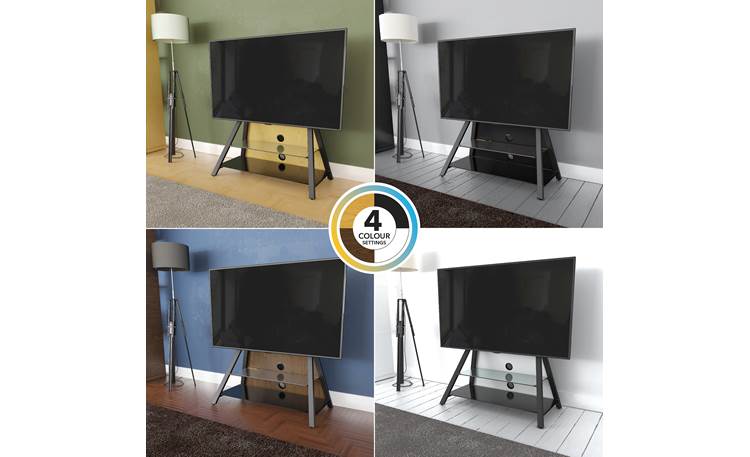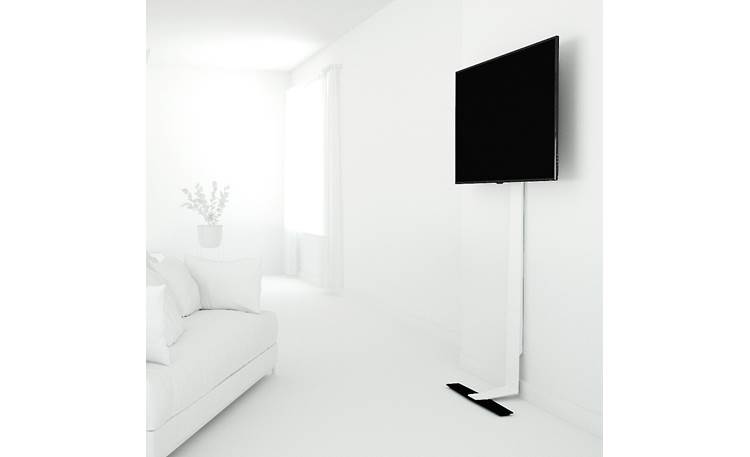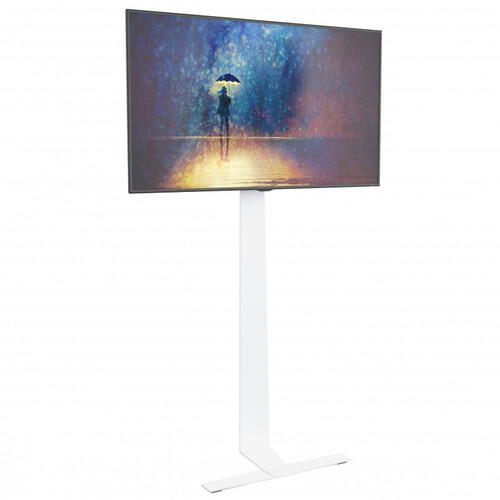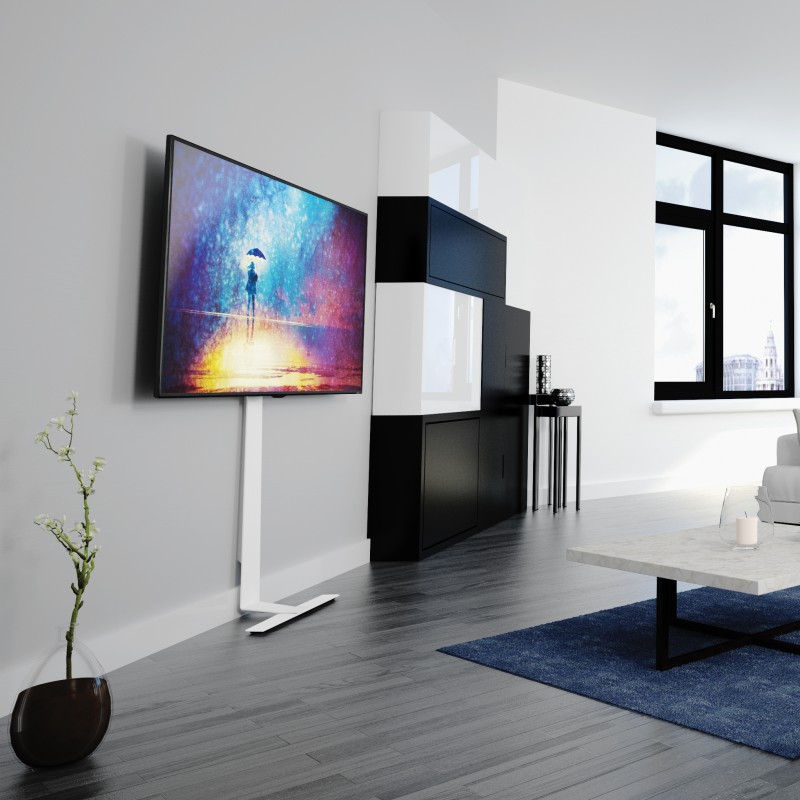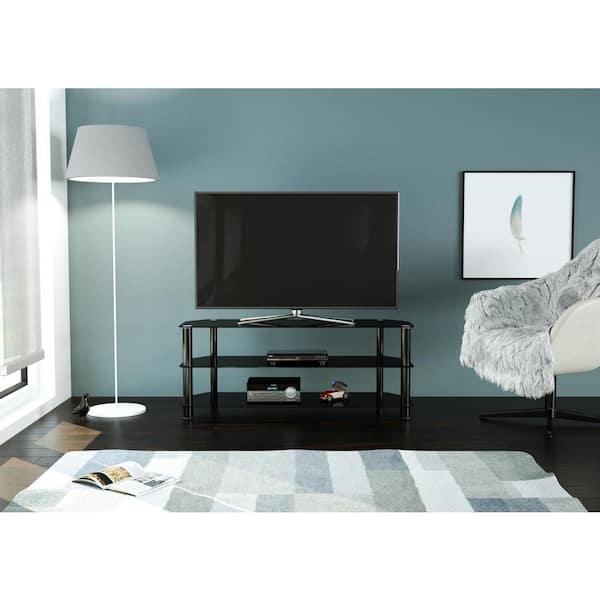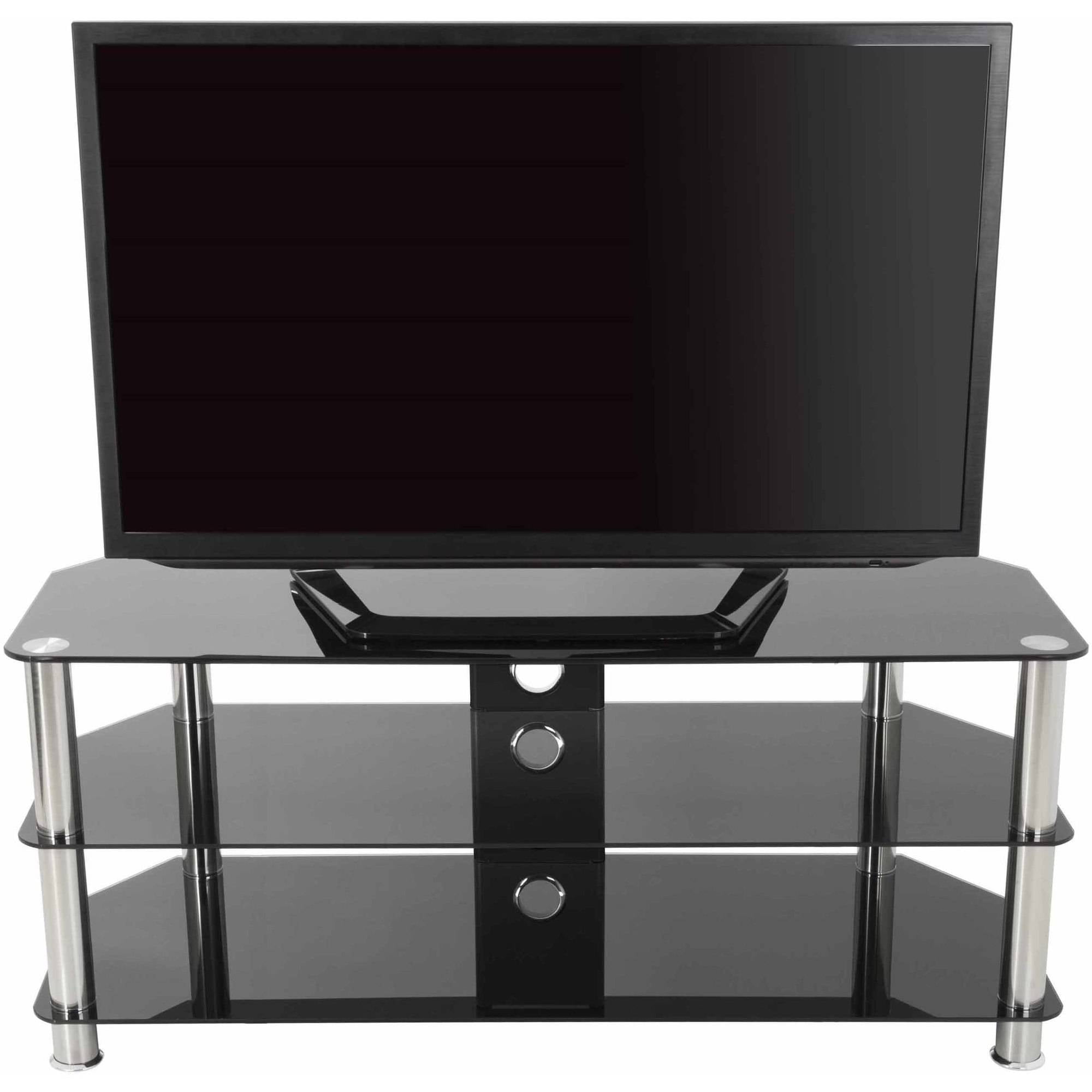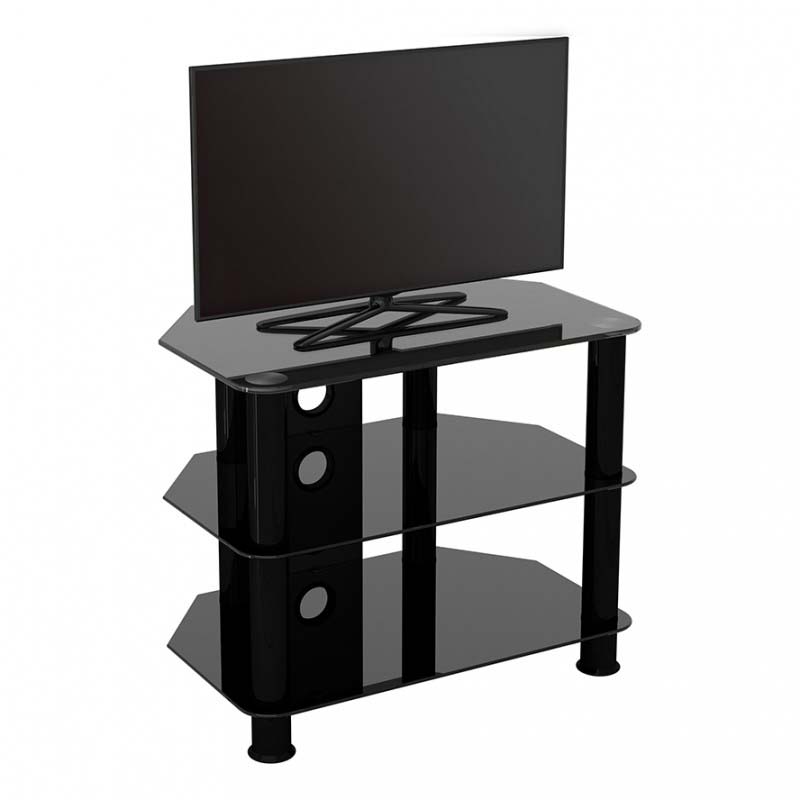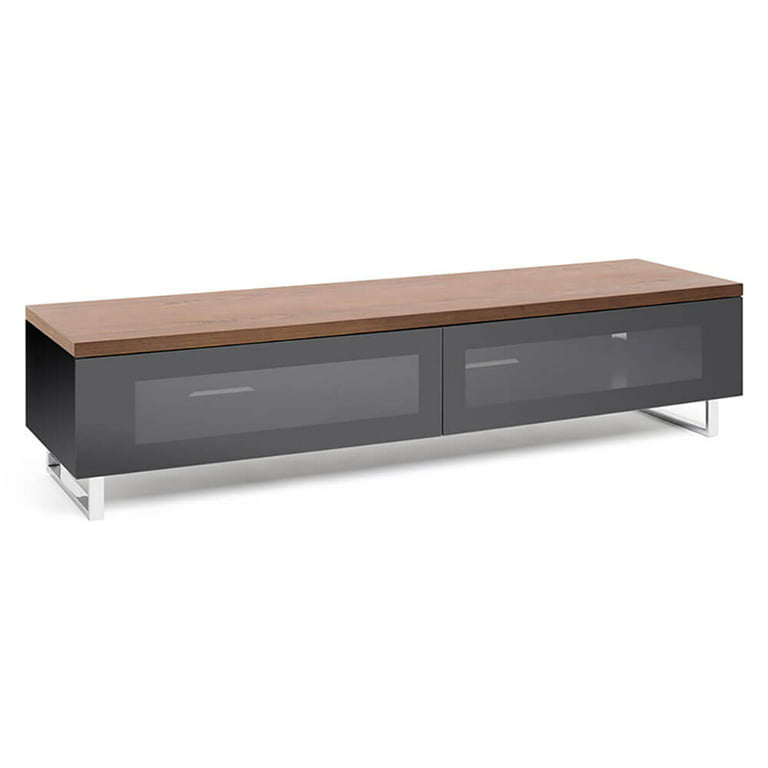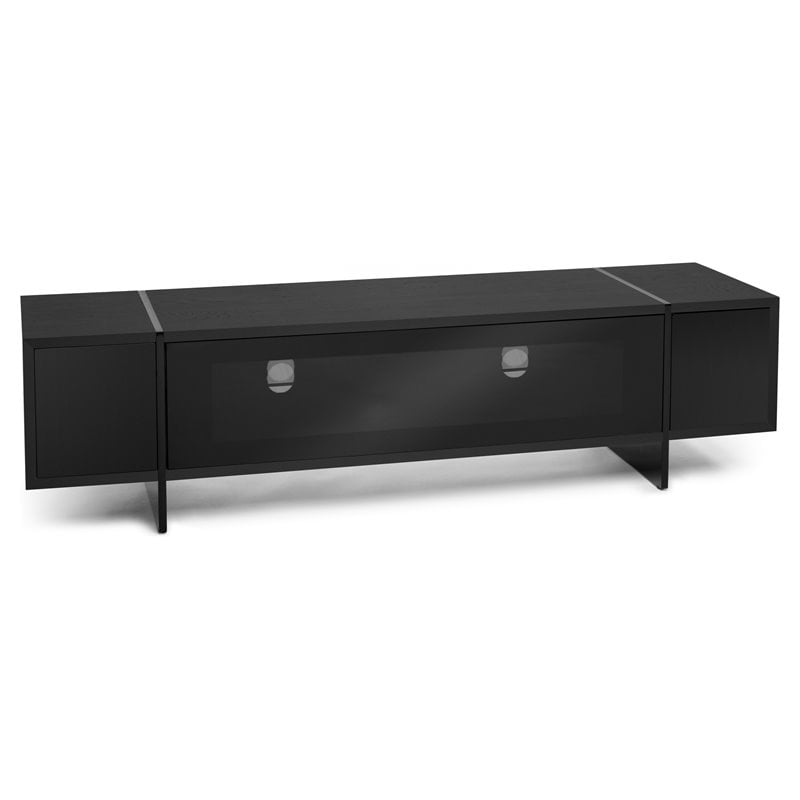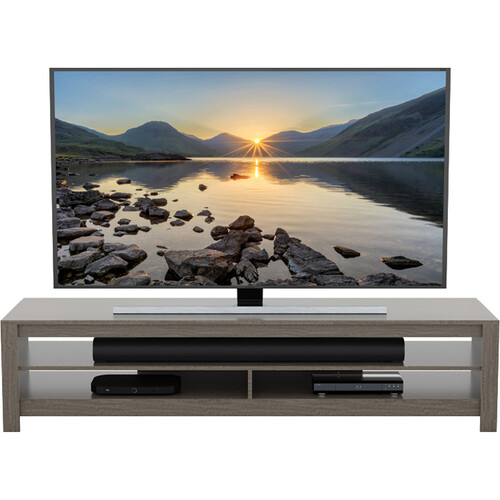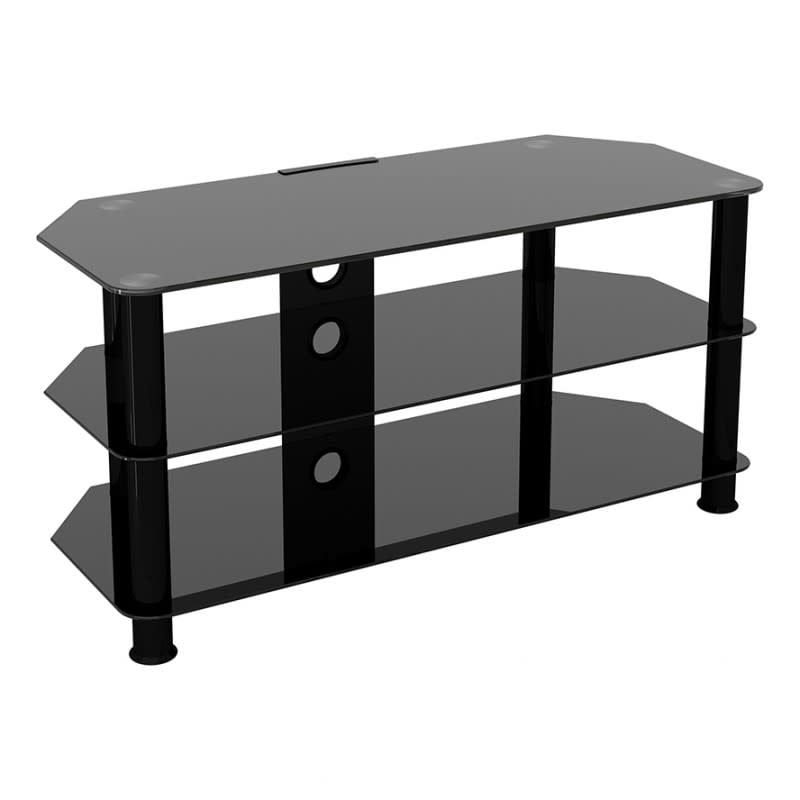
Amazon.com: AVF Universal Table Top TV Stand / TV Base - Fixed Position - Fits Most 46 to 65-Inch TVs - Black : Home & Kitchen

Amazon.com: AVF SDCL1140BB-A Stand with TV Mount for TVs up to 65-inch, Black Glass, Black Legs : Electronics
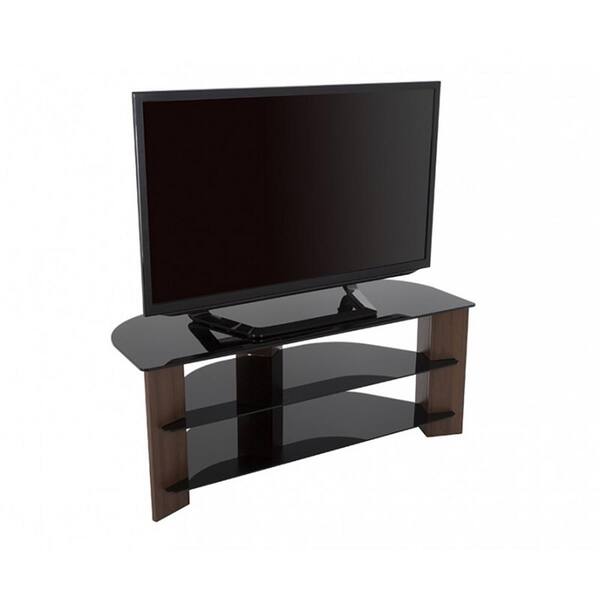
AVF Verano 43 in. Black and Walnut Glass TV Stand Fits TVs Up to 55 in. with Open Storage FS1100VARWB-A - The Home Depot

Amazon.com: AVF Universal Table Top TV Stand / TV Base - Adjustable Tilt and Turn - Fits Most 46 to 65-Inch TVs - Black : Electronics

Amazon.com: AVF ESL422B-T Tilt and Turn TV Mount with 2 AV Shelves, and Cable Management System for 25-Inch to 47-Inch TV - Black : Electronics

Amazon.com: AVF FSL700LES-A Lesina TV Stand with TV Mount Column, Silver w/Black Tempered Glass Shelf, Fits 32 inch, 37 inch, 39 inch, 40 inch, 42 inch, 46 inch, 47 inch, 50 inch, 55 inch, 60 inch, 65 inch : Electronics
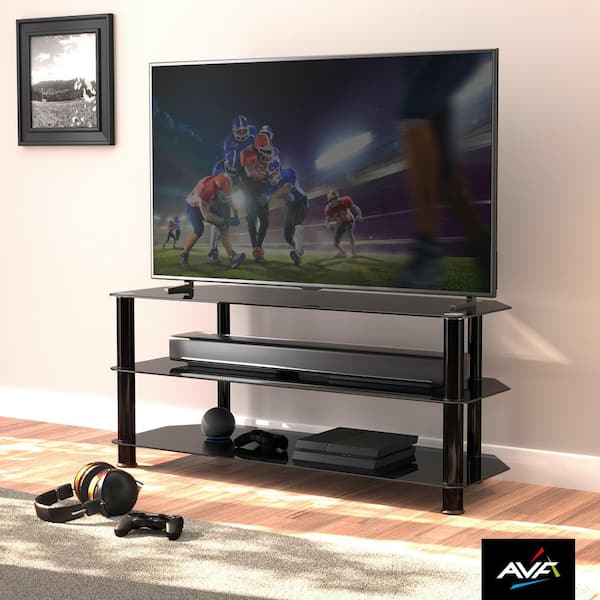
AVF SDC1140BB-A TV Stand for TVs Upto 55 in. TVs, Black Glass, Black Legs SDC1140BB-A - The Home Depot

Amazon.com: AVF SDC1140CMCC-A Classic - Corner Glass TV Stand (up to 55') with Cable Management, Clear Glass, Chrome Legs : Home & Kitchen

